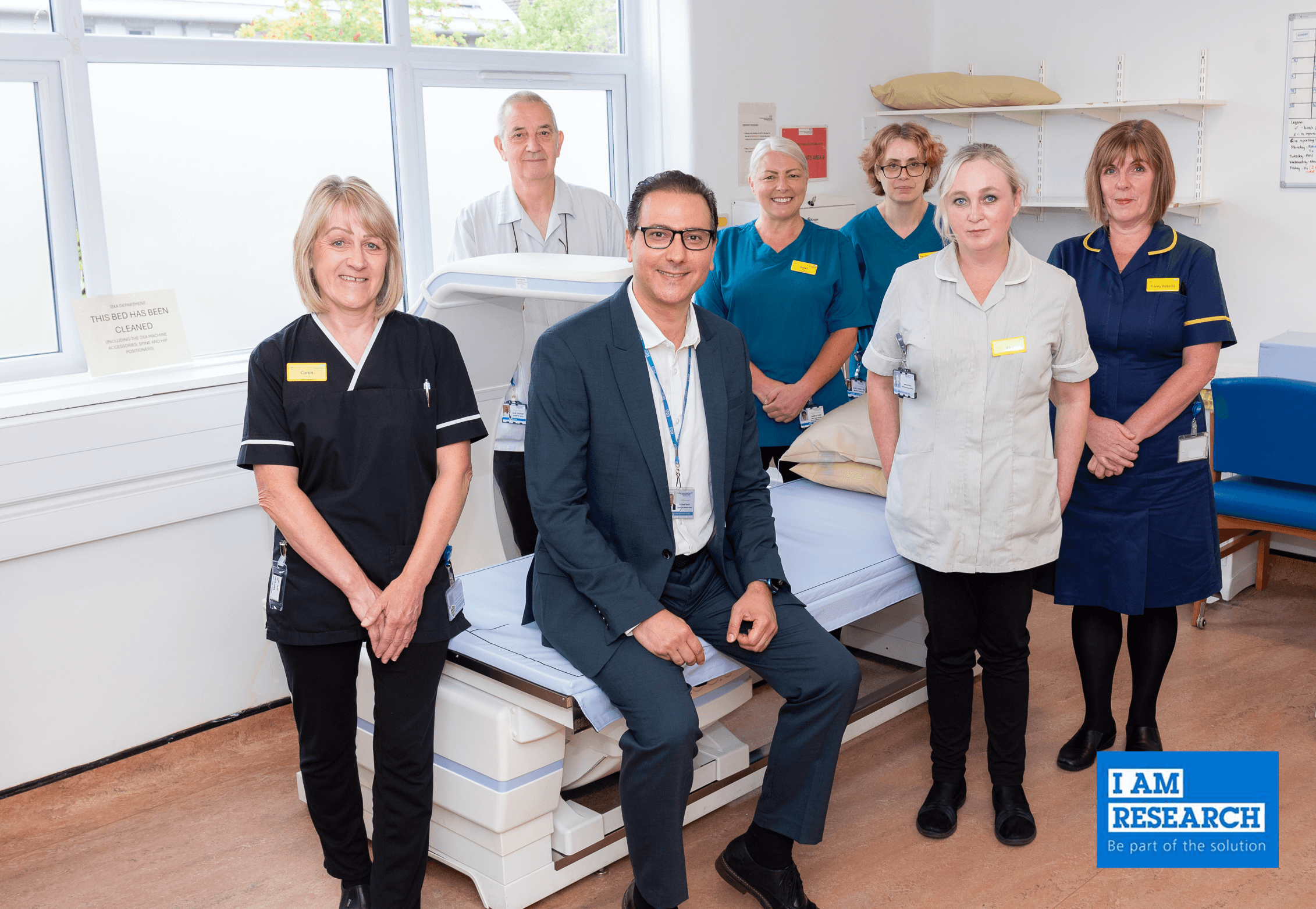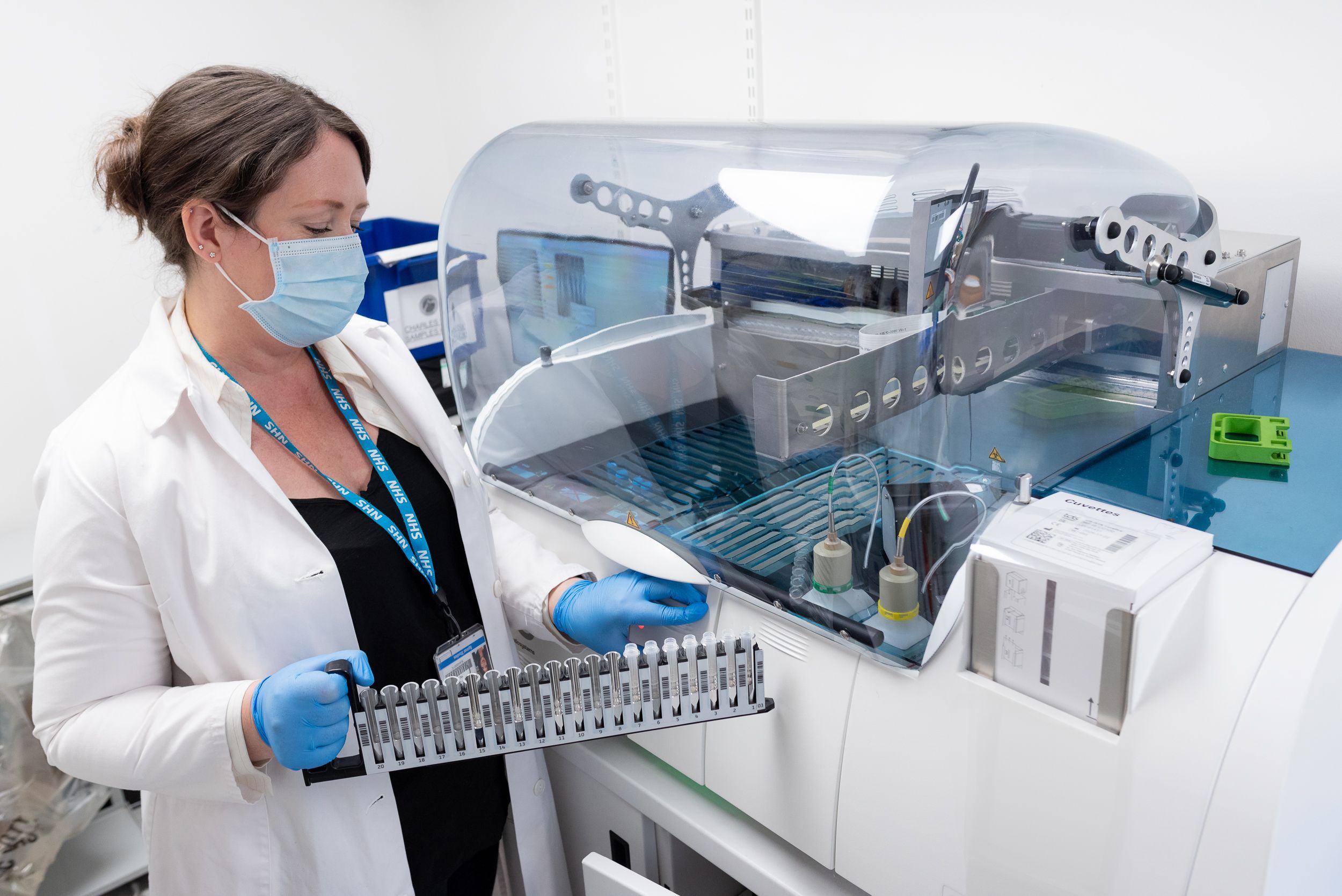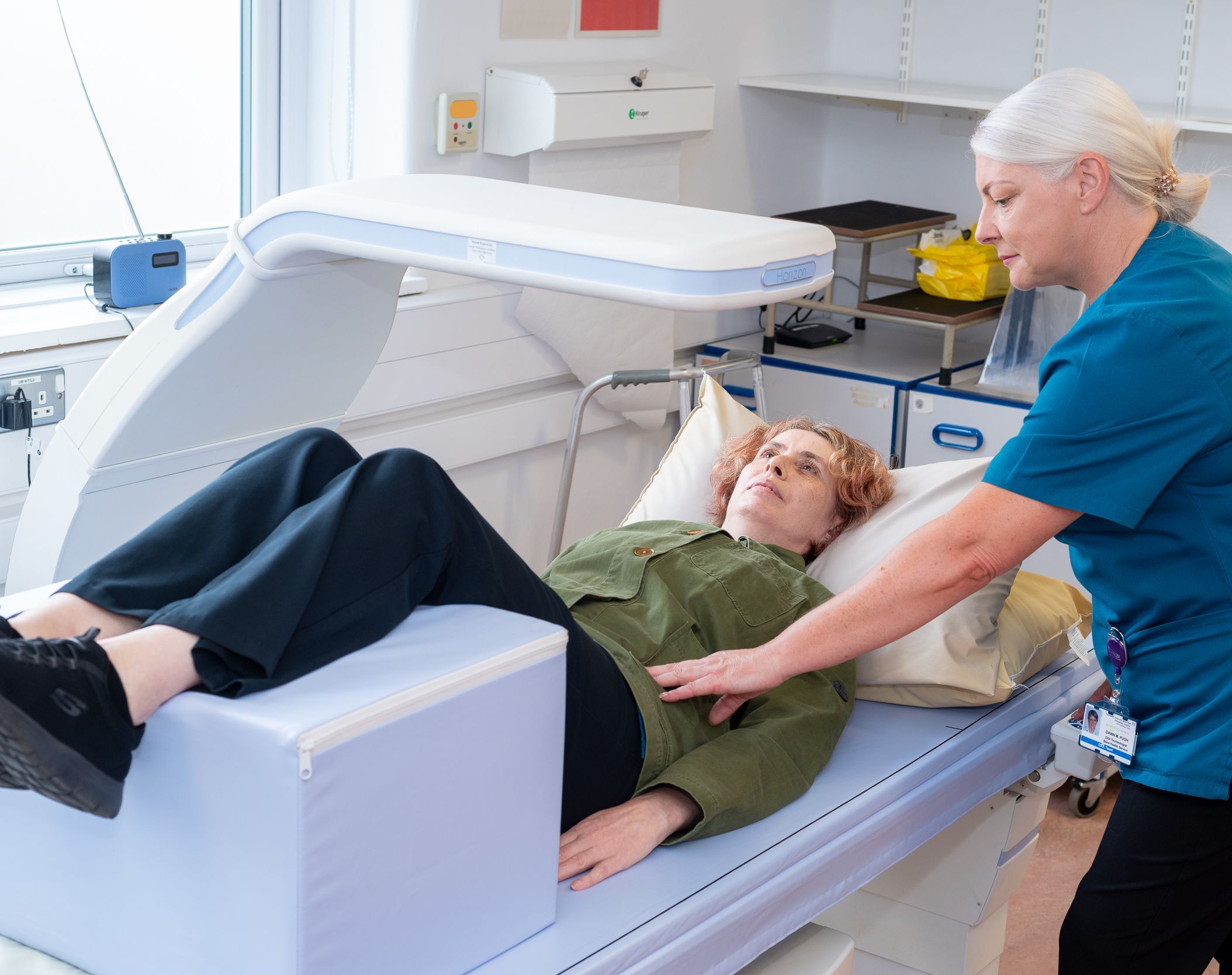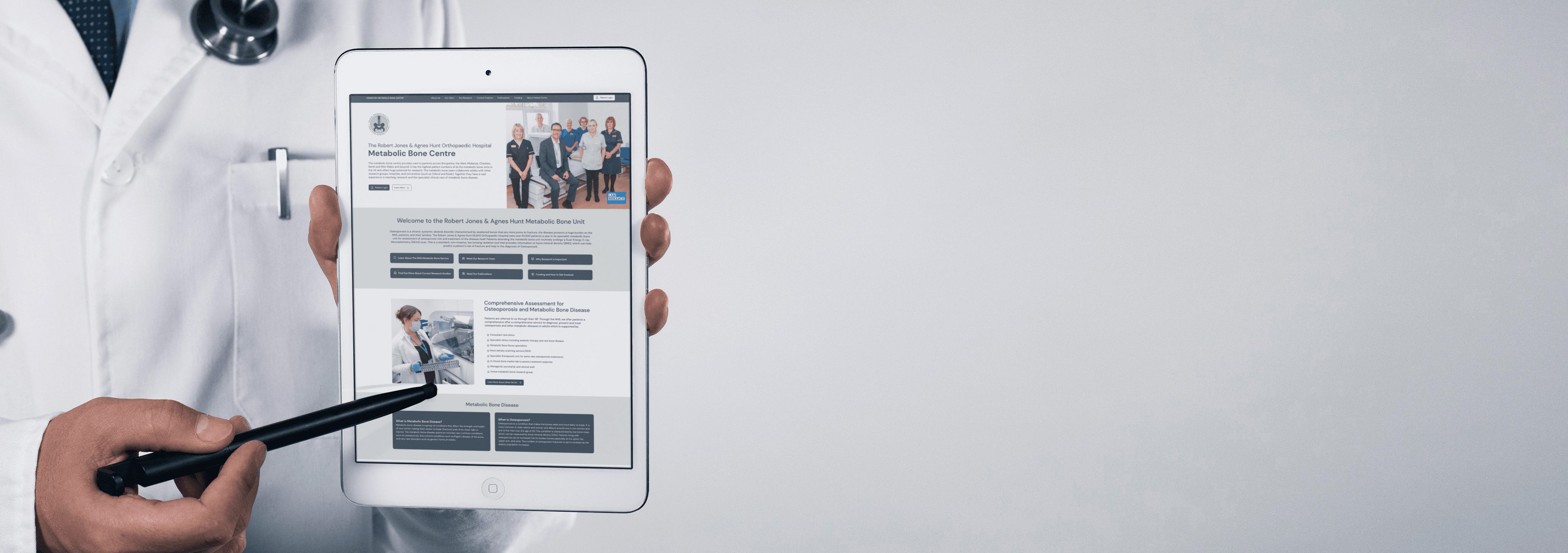
The Robert Jones & Agnes Hunt Orthopaedic Hospital
Metabolic Bone Centre
Metabolic Bone Centre
The metabolic bone centre provides care to patients across Shropshire, the West Midlands, Cheshire, North and Mid-Wales and beyond. It has the highest patient numbers of all the metabolic bone units in the UK and offers huge potential for research. The metabolic bone team collaborate widely with other research groups, hospitals, and Universities (such as Oxford and Keele). Together they have a vast experience in teaching, research and the specialist clinical care of metabolic bone disease.

Welcome to the Robert Jones & Agnes Hunt Metabolic Bone Unit
Osteoporosis is a chronic systemic skeletal disorder characterised by weakened bones that are more prone to fracture, the disease presents a huge burden on the NHS, patients, and their families. The Robert Jones & Agnes Hunt (RJAH) Orthopaedic Hospital sees over 10,000 patients a year in its specialist metabolic bone unit for assessment of osteoporotic risk and treatment of the disease itself. Patients attending the metabolic bone unit routinely undergo a Dual-Energy X-ray Absorptiometry (DEXA) scan. This is a standard, non-invasive, low ionising radiation tool that provides information on bone mineral density (BMD), which can help predict a patient’s risk of fracture and help in the diagnosis of Osteoporosis.
Comprehensive Assessment and Management of Osteoporosis and Metabolic Bone Diseases
Patients are referred to us through their GP. Through the NHS, we offer patients a comprehensive offer a comprehensive service to diagnose, prevent and treat osteoporosis and other metabolic diseases in adults which is supported by:
- Consultant-led clinics
- Specialist clinics including anabolic therapy and rare bone disease
- Metabolic Bone Nurse specialists
- Bone density scanning service (DXA)
- Specialist therapeutic unit for same-day osteoporosis treatments
- In-house bone marker lab to assess treatment response
- Managerial, secretarial, and clerical staff
- Active metabolic bone research group

Metabolic Bone Disease
What is Metabolic Bone Disease?
What is Osteoporosis?
Meet Our Team
We have an expert team of clinicians and scientists with a focus on bone health research including imaging, clinical data, and bone laboratory work.

Research is vital in providing the evidence we need to transform services and improve outcomes
Find Out More About Our Research Bone Density Scan (DXA) Explained
A bone density scan is taken using a special machine that used x-rays. This is called a Dual-energy X-ray absorptiometry (DEXA). This test is used to check for weak bones (osteoporosis) and measures bone mineral density (BMD). It is normally done on your hip and lower spine. However, as bone density varies in different parts of the skeleton, more than one part of your body may be scanned. These scans take around 10-20 minutes. Although BMD results provide a good indication of bone strength, the results of a bone density scan will not necessarily predict whether you'll get a fracture. For example, someone with low bone density may never break a bone, whereas someone with average bone density may have several fractures. This is because other factors, such as age, sex or whether you have previously had a fall, also determine if you're likely to sustain a fracture. Your doctor will consider all of your individual risk factors before deciding if treatment is necessary. For more information please see: Bone density scan (DEXA scan) - How it is performed - NHS (www.nhs.uk)

Patient Forms
Thank you for participating in our research. Here, you can complete questionnaires on general and bone health, along with consent forms for active research projects you've been invited to join. For your convenience, these forms can be filled out electronically on your PC or iPad. We greatly appreciate your involvement.
